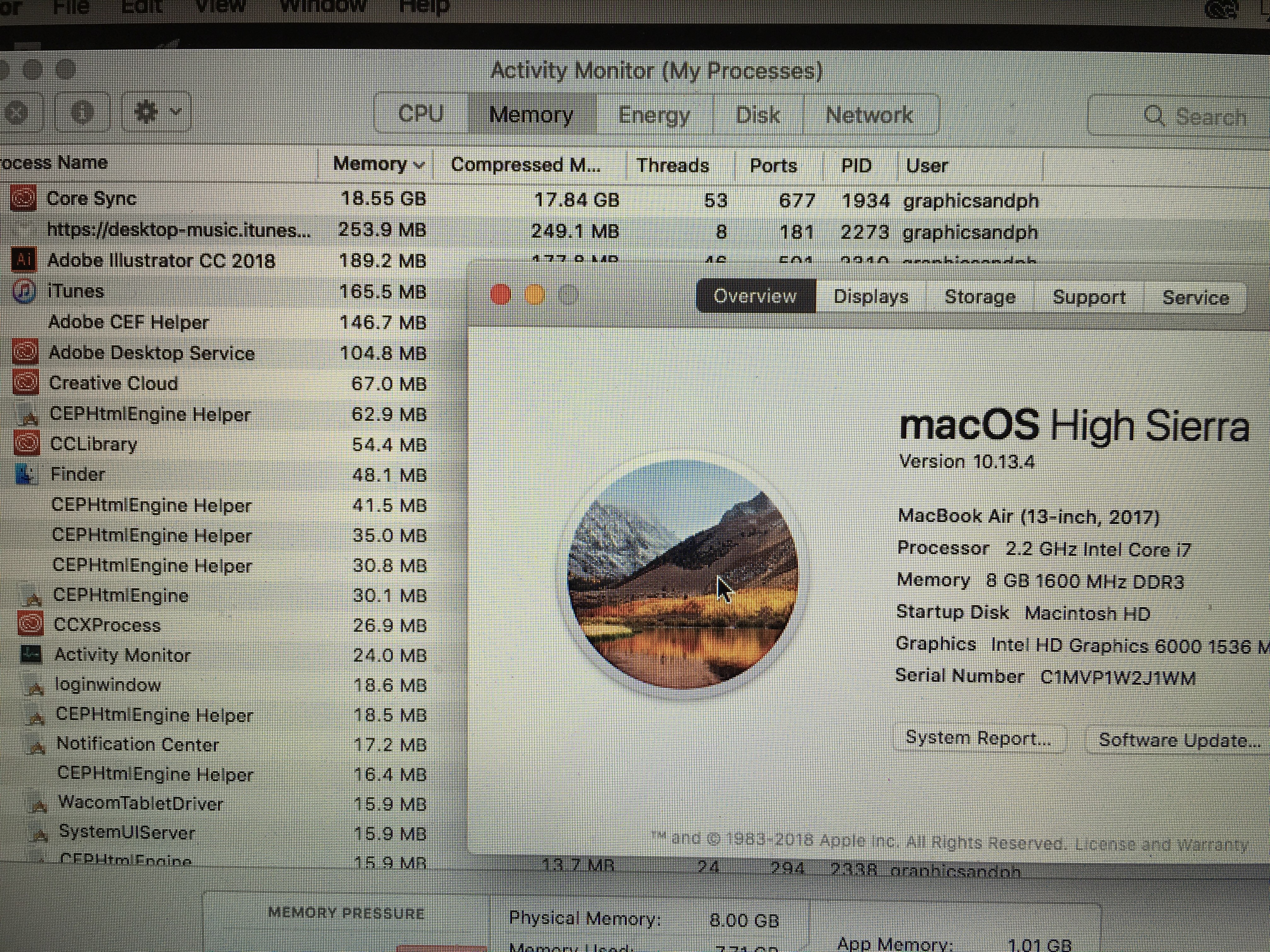

- #Adobe creative cloud desktop app ports how to
- #Adobe creative cloud desktop app ports pdf
- #Adobe creative cloud desktop app ports update
- #Adobe creative cloud desktop app ports mac
Clicking Edit action automatically checks out the asset and adds a lock icon on the asset. It is not recommended to edit the asset by using this action, as it does not check out the asset and other users can make edits leading to editing conflicts.Įdit action: Use the action to modify the image.

Open action: Just open the asset to preview it in the native application. If you discard your changes, then manually toggle the check-in. Toggling the check-in status also removes the lock icon though it is recommended to not manually check in without uploading the changes. When you upload your changes, the lock icon is automatically removed. The lock icon indicates to other users to avoid simultaneously editing the same asset as it leads to an editing conflict.Ĭheck-in: Mark the asset as safe for other users to edit without causing an editing conflict. It adds a lock icon on the asset in the app and Experience Manager web interface.
#Adobe creative cloud desktop app ports how to
See how to avoid editing conflicts.Ĭheck-out: If you are editing a file or intend to edit a file, you toggle the status to check out.
#Adobe creative cloud desktop app ports update
The app also provides the option to download the latest version and update your local copy. See how to avoid editing conflicts.įile status is Modified remotely: The app indicates if an asset that you have downloaded is changed on the Experience Manager server. The app also provides options to retain or discard your changes. See edit assets.įile status is Editing conflict: If you and other users modify an asset simultaneously, the app indicates that an editing conflict has occurred. After you upload, the status changes to Available locally. The assets are not changed.įile status is Edited locally: Such assets are modified locally and the changes remain to the uploaded to Experience Manager server. See how to enable Desktop Actions.įile status is Cloud Only: Such assets are not downloaded on the local machine and are available on Experience Manager server only.įile status is Available locally: The assets are downloaded and available on the local machine as is. These actions are available from the web interface and use desktop app functionality. Also, familiarize yourself with the following terms:ĭesktop Actions: From the Assets web interface, from within in a browser, you can explore the asset locations or check-out and open the asset for editing in your native desktop application. How desktop app worksīefore you start using the application, understand How the app works.

#Adobe creative cloud desktop app ports pdf
The key tasks you do using the Experience Manager desktop app are:ĭownload this print-ready PDF file. Provide credentials to connect the app with the server. When you open the application after logging out or for the first time, provide the URL of your Experience Manager server in the format Then select the Connect option.
#Adobe creative cloud desktop app ports mac
The integration allows various roles in the organization to manage the assets centrally in Experience Manager Assets and to access the assets on local desktop in the native applications on Windows or Mac OS.

You can also upload new files and folder hierarchies to Experience Manager, create folders, and delete assets or folders from Experience Manager DAM. You can open the assets in desktop applications and edit the assets locally – upload the changes back to Experience Manager with version control, to share the updates with other users. Use the Adobe Experience Manager desktop app, to easily access the digital assets stored in Adobe Experience Manager DAM repository on your local desktop and use these assets in any desktop applications.


 0 kommentar(er)
0 kommentar(er)
